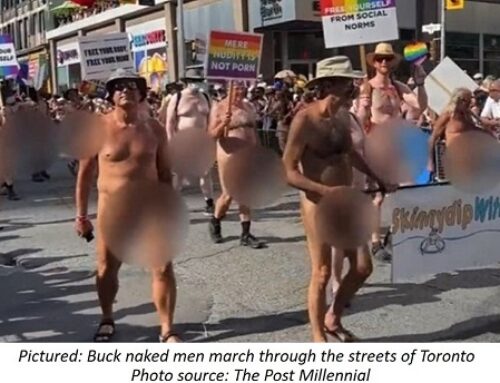In the United States, Jack Kevorkian has “assisted the suicides” of eight people so far – all women. In Canada, Sue Rodriguez is going through the courts, arguing that physician-assisted suicide be legalized.
Publicity given to Rodriguez, who has Lou Gehrig’s disease (ALS). Bill is unable to talk, but communicates efficiently, if slowly, with a computer. He requires round-the-clock assistance, and a group of volunteers from a local church helps him.
The morning after this program, the Toronto Star carried a feature on an Ontario Court judge with Lou Gehrig’s disease. He cannot walk or talk, he eats through a feeding tube and breathes through a respirator. He also communicates through a computer.
He says, “If someone had told me 10 years ago that I would be in this condition and still want to live, I would have rejected that hypothesis outright. I have learned that having ALS does not necessarily mean a death sentence, that I am not living with a life-threatening disease but rather with a life-enhancing condition.”
In 1989, Judge Filer suffered respiratory failure and doctors told his wife to let him die because he would have to spend the rest of his life on a respirator. She says she told the doctors, “I’ll take care of his quality of life, thank you very much, you take care of saving his life.”
Judge Filer has his family fighting with him. Bill has a group of volunteers who have become his family. Who does Sue Rodriguez have/ She has John Hofsess, executive director of the Right to Die Society. His group is funding her court case, and he has a personal pact to assist her suicide if they cannot find a doctor.
Kevorkian’s lawyers told the Toronto Star at the end of last year that it is a coincidence that all the people who have used Dr. Death’s suicide have been women. They say he has counselled men also but that only women have gone ahead.
However, Emanuel Schreiber, a Michigan psychologist, retorted that part of it may be because men do not like to ask for help. He also says, “Women are the ones who take care of others, whose sense of their own self-worth and esteem comes from taking care of others. When they end up in pain and disabled, there’s a terrible sense of loss of self and a sense that there’s no one there to take care of them.”
Women worry more about becoming a burden to others, and women are more likely to turn to a man, especially an authority figure such as a doctor, trusting that he would advise them properly. It is suggested also that women are susceptible and more likely to be persuaded they are doing a noble thing, and dying for a worthy cause.
Hofsess gave details of Ms. Rodriguez’s background in his newsletter last year. When she was diagnosed with ALS, she was separated from her husband, and raising a seven-year-old son. She applied for disability benefits and was having difficulty in obtaining help form the bureaucracy. Contacts with the ALS Society left her frightened at what the future held for her. Consultations with doctors gave her little counselling and support. No wonder she went looking for the nearest euthanasia group.
Put yourself in Sue Rodriguez’s shoes: diagnosed with a degenerative disease; worried about providing for yourself and your child without the emotional and financial support of your husband (he has since returned home); unable to link up with life-affirming support in the community. The one person who supports you is a man with a radical political agenda. A man whose marketing experience gives him the ability to persuade many people that his views are reasonable and compassionate.
How tempting it would be to become convinced that not only are you doing the best for yourself, but that you will make a real contribution to society through your death.
Sue Rodriguez’s lawyers are arguing that all she really wants is the choice to determine her own time and manner of death. She has become a symbol of the right-to-die movement; some would argue a victim of that propaganda. Has she really been given a choice?




